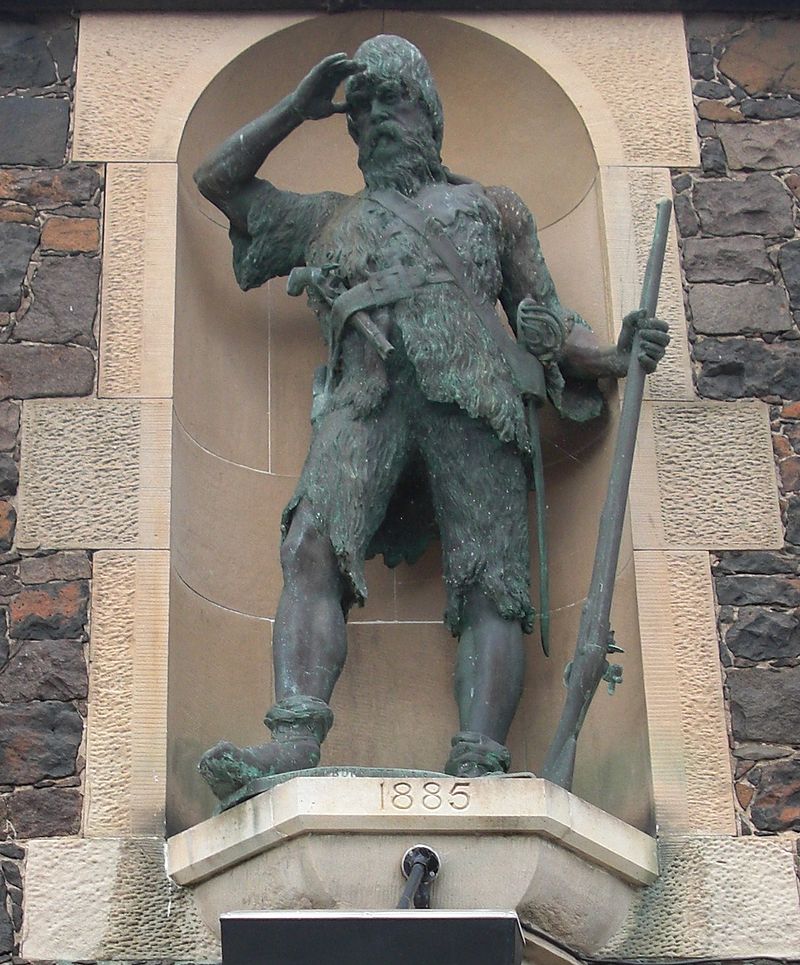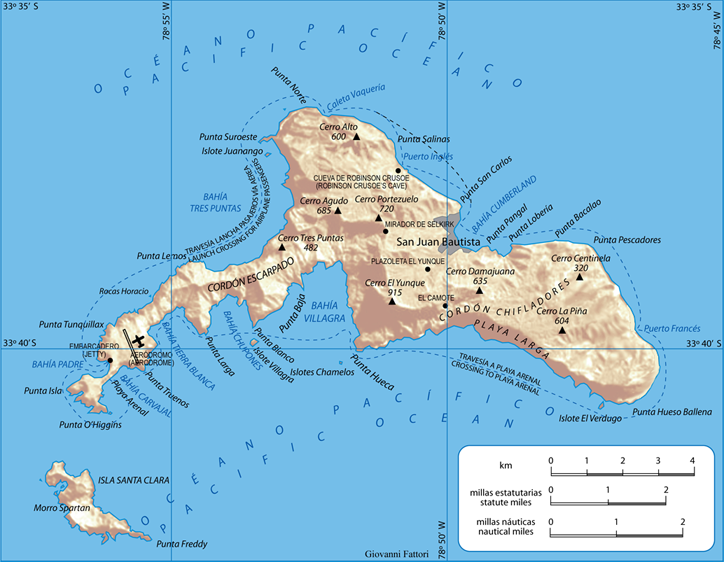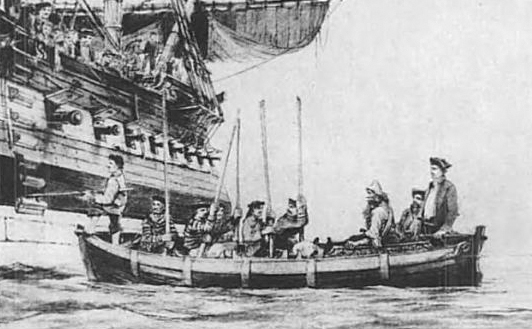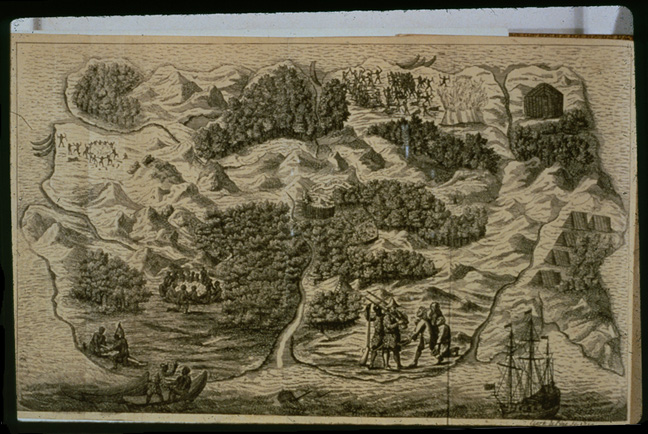
A popular fiction story written by Daniel Defoe depicts a wealthy young man who travels around the world and eventually becomes shipwrecked and stranded on an island. The young man, Robinson Crusoe, is then forced to make a life for himself on the island, completely secluded from all other humans.
Defoe’s story is about a castaway that was left on a small island near Trinidad. It was first published in 1719 and recounts Crusoe’s experiences with the natives, who were cannibals, mutineers, and captives. Although Defoe’s book was written as fiction, there was a man who lived the life of Robinson Crusoe and is known as the “real Robinson Crusoe.”

A house built by this man in the 1700s sold back in 2014. The house is known as Minards House and is in Oreston, Plymouth, Devon. It is believed to have been built by Alexander Selkirk, who may have been the inspiration for the main character in Defoe’s books.

A professor at Plymouth University, Dr. Bonnie Latimer, says that many people do not realize that Defoe’s story wasn’t completely fiction. She said that one of Defoe’s sources for the story was the voyage of Scottish sailor Alexander Selkirk, who ended up abandoned on the island known as Juan Fernandez after he and the captain had an argument. Selkirk had lived on the island for only four years, but at his rescue, he was found sunburned, bearded, and wearing goat skins. Defoe wrote this depiction into his story, making historians wonder if Selkirk’s misfortune had inspired Defoe.
During the 18th century Minards House was actually a pub. Selkirk had stayed there for a time before heading out to sea on the HMS Weymouth. He wound up dying of yellow fever.

A spokesman for Plymouth County said that between voyages Selkirk married a local widow named Frances Candish. Many believe that Frances was the landlady at a pub where Selkirk lodged. Dr. Latimer said that after Selkirk had finally returned home in 1712, there was a small story published about Selkirk’s experience. It gained so much attention that several copies of the story were printed in a cheaper way so that the common reader could afford them, and this was how Selkirk became a minor celebrity. Some say that Defoe’s story immortalized Selkirk and his adventures. It was a popular read worldwide and he is still remembered nearly 300 years later.
But while some believe Defoe was actually inspired by Selkirk, others are skeptical. One of those skeptics is Nicholas Seager, who is a professor and Defoe scholar. He believes that Defoe never actually encountered Selkirk and came up with the story on his own. Others believe that the story could have stemmed from Robert Knox’s abduction by the Kind of Ceylon in 1659. While there are many coincidences and several different stories about castaways, no one can be too sure if any were the inspiration for Defoe’s tale.
Seager believes that Defoe had other sources to support his story; not just Selkirk’s adventures. No one will ever know whether or not Defoe got his ideas from Selkirk. He obviously made most of the story up, and probably merely gained ideas from Selkirk’s story, among others.
